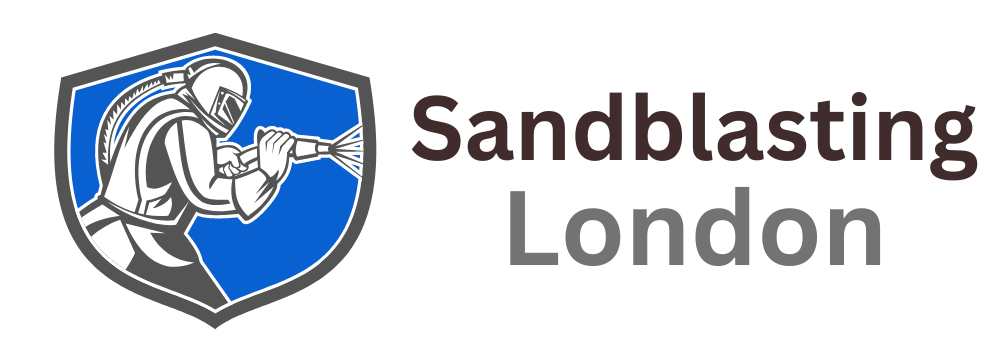Using Soda Blasting to Clean Up Black Smoke Damage
Smoke damage, especially the pesky black residue, can be one of the most stubborn and unsightly types of damage a property can suffer. The dark marks and lingering odour can feel overwhelming, whether it's from a kitchen mishap, an electrical fault, or some other unfortunate event. Enter soda blasting: an effective, environmentally-friendly way to address this issue.
What is Soda Blasting?
Soda blasting is a cleaning technique that utilises baking soda (sodium bicarbonate) propelled by pressurised air to clean surfaces. It's been around for decades but has become increasingly popular in recent years due to its eco-friendly and gentle characteristics. A typical soda blasting setup includes a compressor, a blast pot filled with baking soda, a hose, a nozzle, and, importantly, protective gear for the operator.
Why Choose Soda Blasting for Smoke Damage?
Environmentally Friendly
Unlike some cleaning methods that employ harsh chemicals, soda blasting is both biodegradable and non-toxic. This means you're not introducing harmful substances into your space or the environment.
Gentle Yet Effective
While it's powerful enough to lift away smoke stains, soda blasting is gentle on most surfaces, ensuring the integrity of the material being cleaned is maintained.
Odour Neutraliser
A bonus of using baking soda is its natural ability to absorb and neutralise odours. Anyone dealing with smoke damage knows the persistent smell can be just as challenging as the visible stains.
Minimal Cleanup
Since baking soda is water-soluble, the cleanup after soda blasting is considerably easier compared to other methods.
The Step-by-Step Soda Blasting Process for Smoke Damage
Assessment
Before diving in, specialists will assess the extent of the smoke damage. This will guide them in selecting the right equipment and soda grain size. Remember, different severity levels might require varying pressures and techniques.
Preparation
Safety first! Ensure the area is well-ventilated. Operators should wear protective clothing and respirators to protect against airborne soda particles—mask or cover areas you don't want to be cleaned to avoid unintended abrasion.
Blasting
Sand blasters will start by setting the equipment to the recommended pressure for the severity of your smoke damage. While blasting, they maintain a consistent nozzle distance and angle relative to the surface. They also regularly inspect the area to see if adjustments are needed.
Cleanup
Sweep or vacuum up the bulk of the loose soda. Any remaining residue can be wiped down with a damp cloth. Remember to dry surfaces thoroughly to avoid potential moisture issues.
Comparing Soda Blasting to Other Restoration Methods
Sandblasting
While sandblasting is another popular method, soda blasting generates less dust and is generally less aggressive, making it safer for many indoor applications.
Chemical Cleaning
Chemical solutions can leave residues or emit strong odours. Soda blasting, being chemical-free, doesn't present these issues and often completes the job faster.
Versus Manual Scrubbing
While manual cleaning might seem like a no-cost method, it's labour-intensive and might not yield consistent results. Soda blasting offers a quicker and more uniform approach.
Things to Keep in Mind
While soda blasting is an excellent solution for many, it's essential to remember that it might not be suitable for extremely delicate surfaces. Always test a small area first. Also, ensure all soda residues are appropriately cleaned to prevent remaining grittiness.
For those grappling with the aftermath of smoke damage, soda blasting presents a robust solution that's both effective and mindful of the environment. If you're looking for a method that offers speed, efficiency, and eco-friendliness, soda blasting should be at the top of your list.
If you're searching "sandblasting near me", then give us a call right away. Our team of skilled specialists are more than ready to answer your inquiries. At Sandblasting London, we provide a wide range of sandblasting services to cater the needs of our clients in London and its surrounding areas. Make sure to save our number to easily reach us in the future!
Check out our latest GBP update about
soda blasting.
02038353320
66 Shadwell Gardens,
London,
E12QH,
United Kingdom
